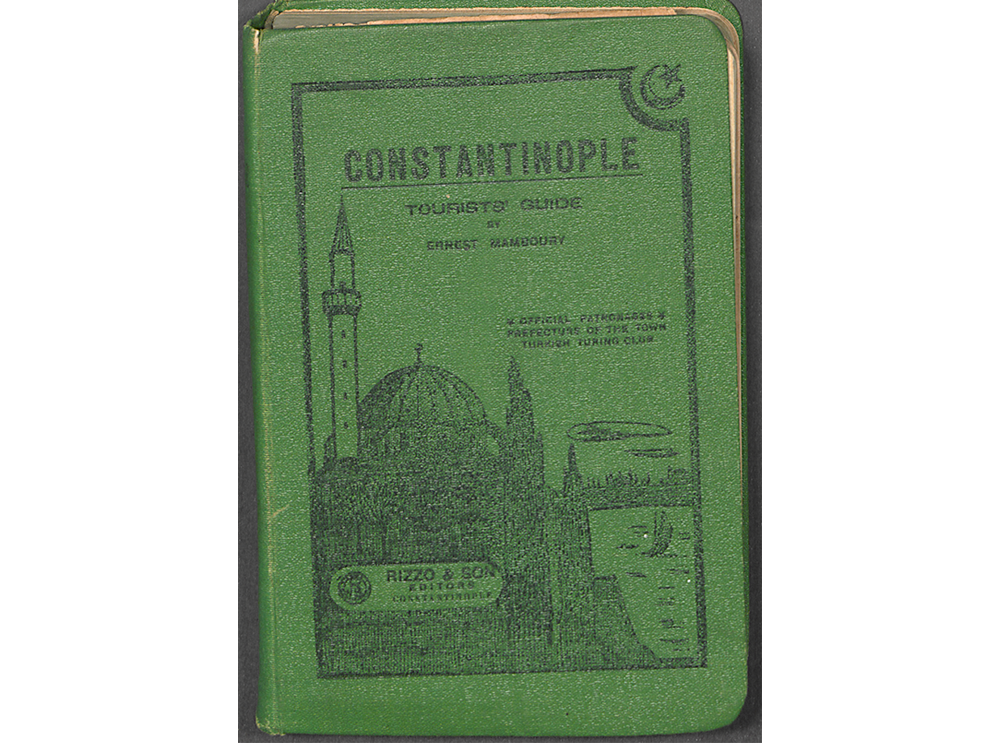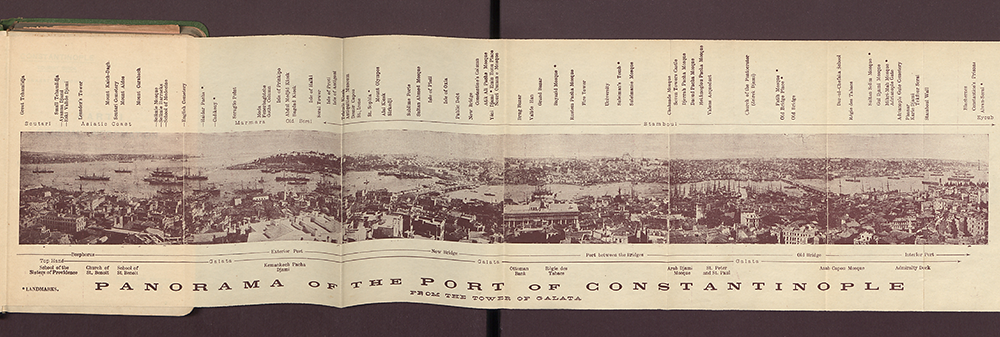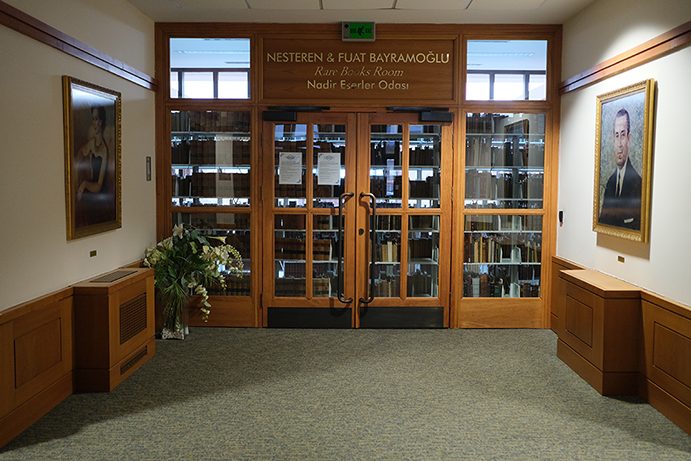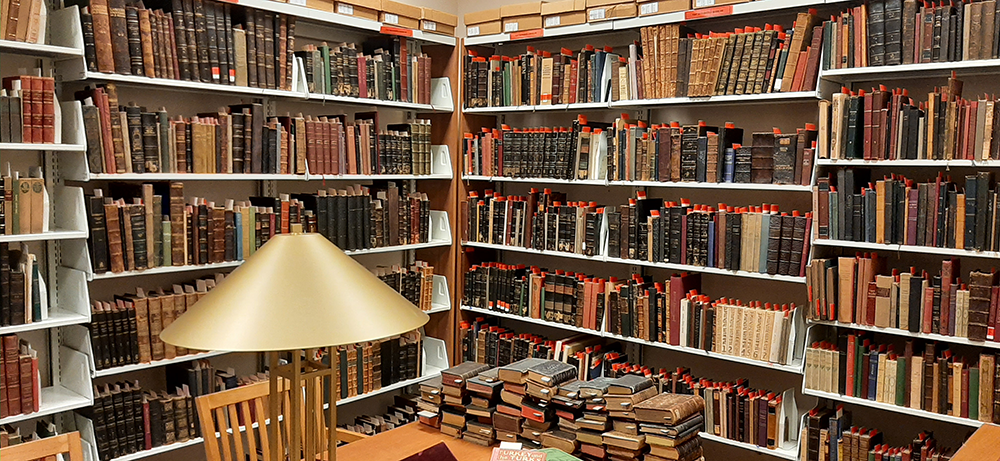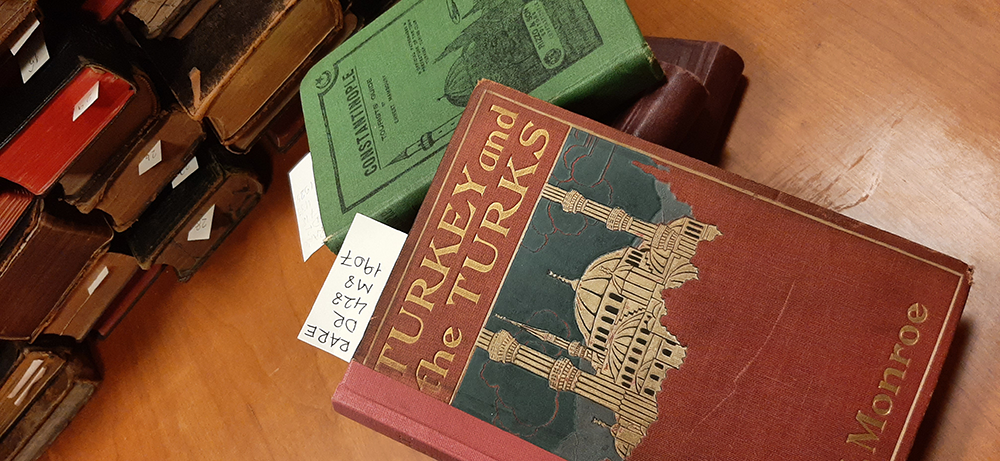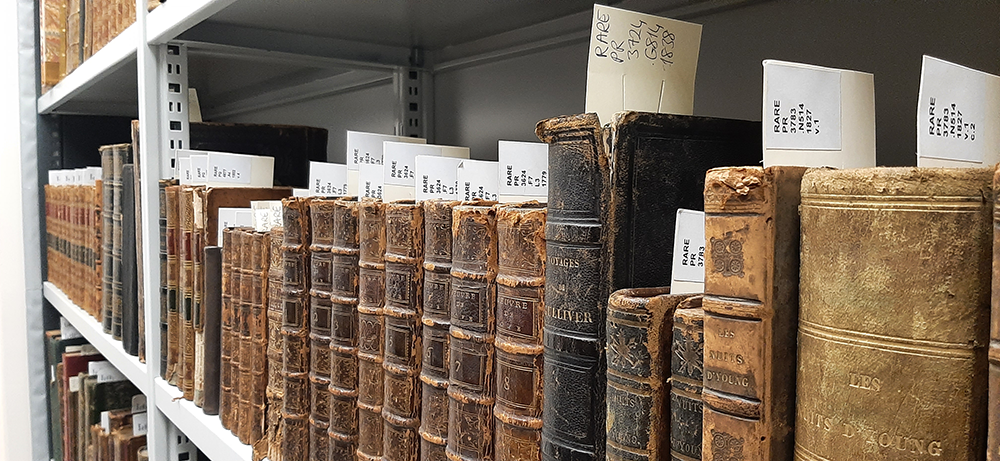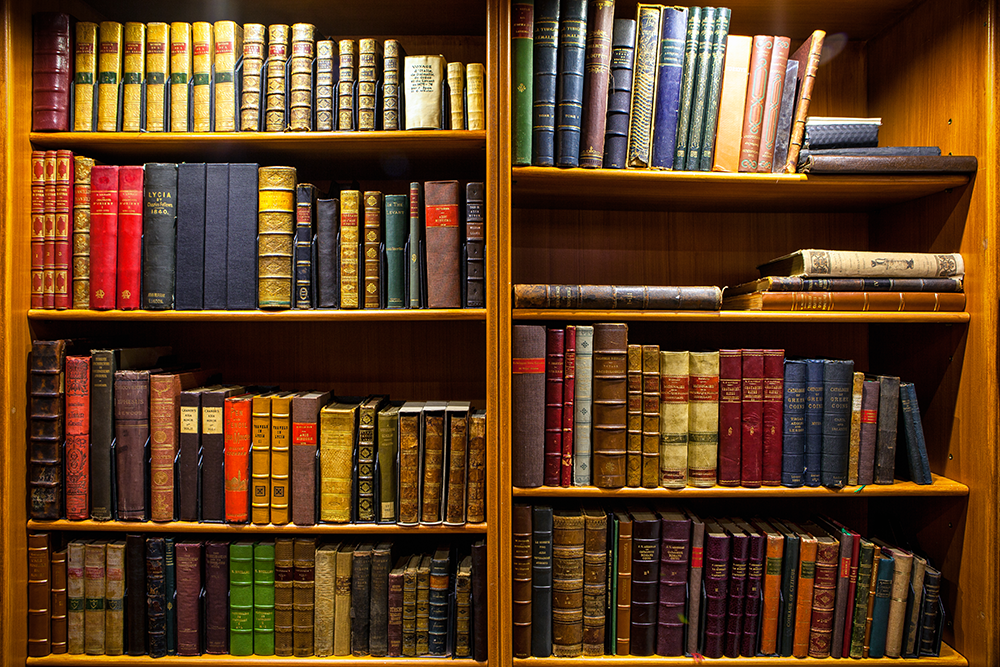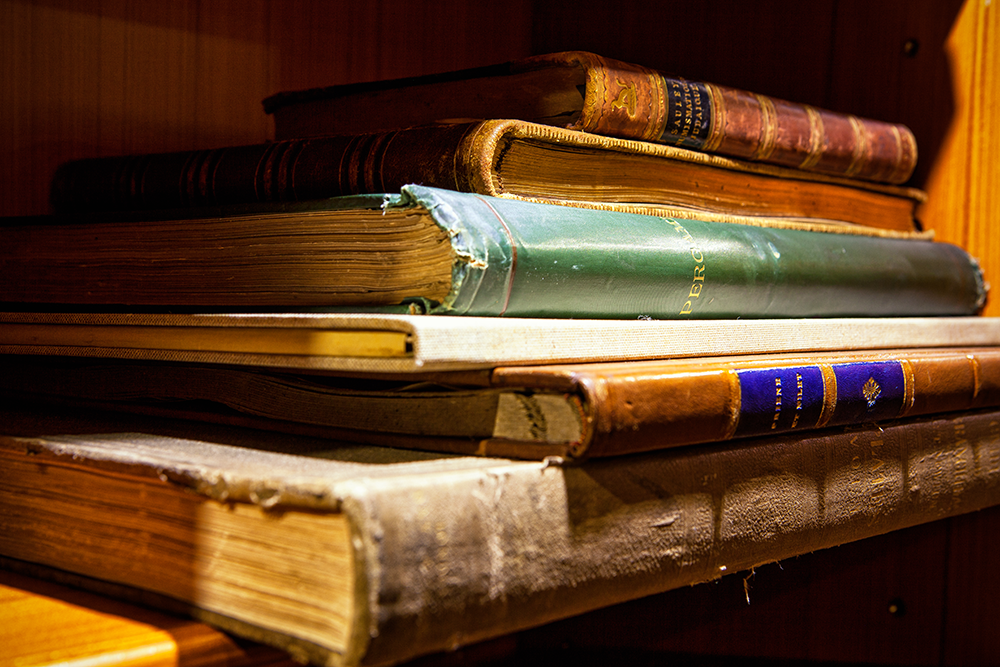Following the Footsteps of Travelers… We Host Secret Witnesses of History !
This digital exhibition was created using a selection of travel books that constitute an important part of the rare collections in Koç University libraries and from engravings in Ankara Photo Postcard and Engraving Collection. We invite you to Koç University Libraries to discover our unique travel books after the pandemic.

Flemenk Ogier Ghiselin de Busbecq, who was the Austrian ambassador during the reign of Suleiman the Magnificent and also a medicinal herbalist, made the 16th century Ottoman Empire known, especially to Istanbul, with his observations and travels [1].
*************************************
At the beginning of the 18th century, the French Naturalist Joseph Pitton de Tournefort was sent to the East to this is correct but a better word is conduct botanical research. On his trip, Tournefort was accompanied by the German botanist Andreas Gundelsheimer and artist Claude Aubriet [2].
*************************************

During the Ottoman Empire, many people from different areas from Europe traveled to Türkiye, namely the East. Soldiers, writers, economists, doctors, naturalists, artists…They came to Türkiye from many different countries and for different purposes. They opened the door to a different world by writing about or drawing everything they saw, ate, found while travelling
*************************************
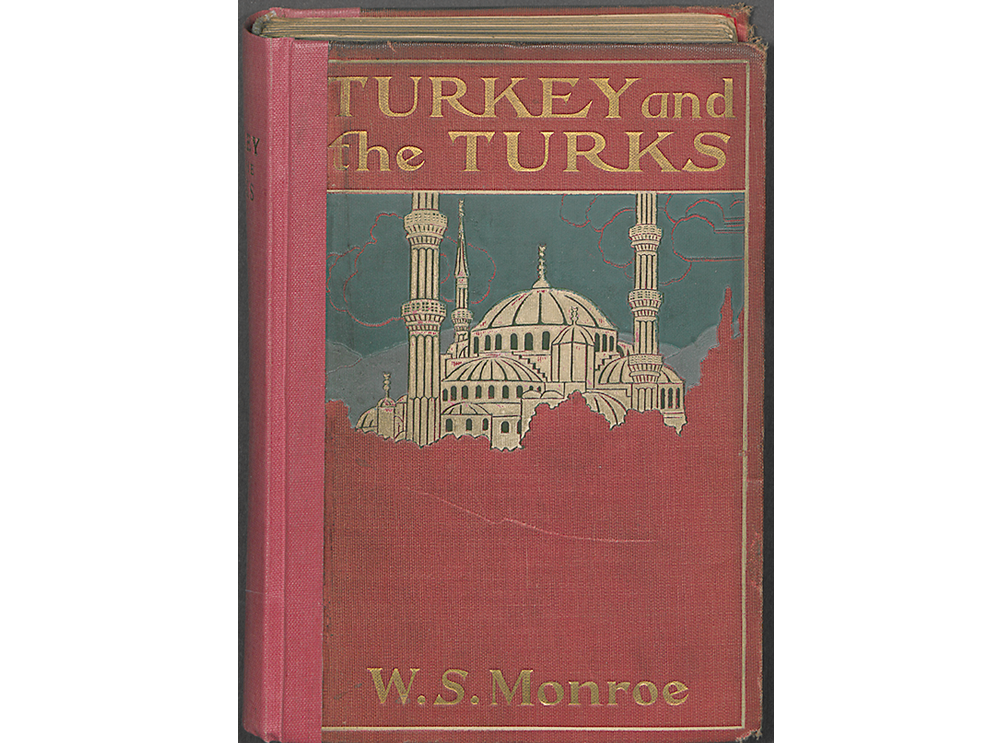
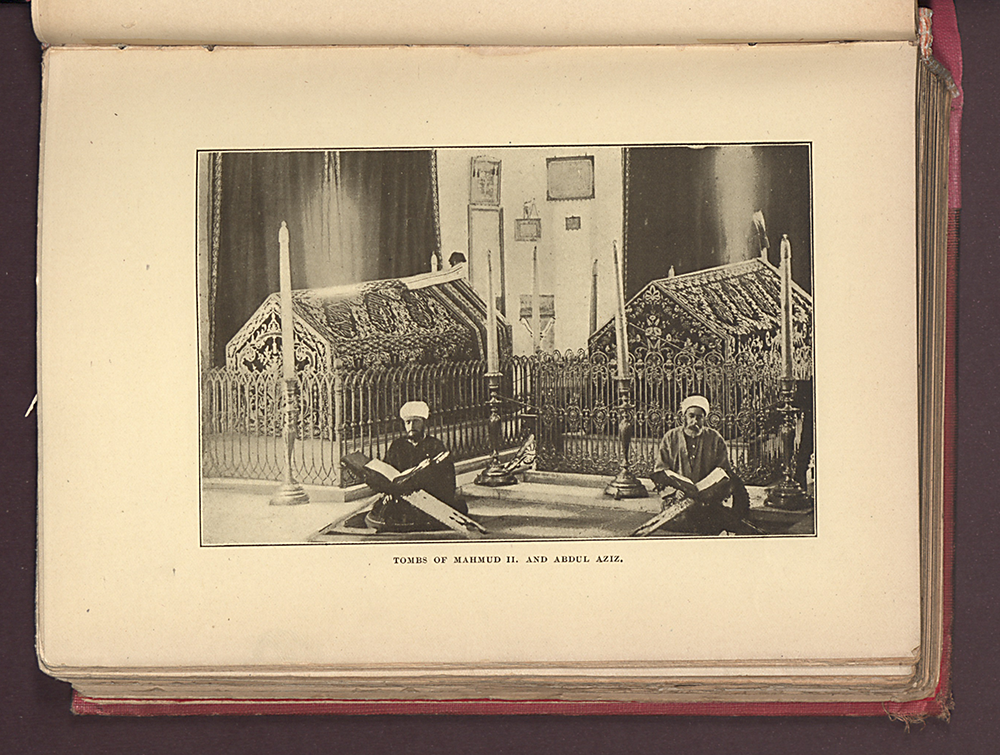
American educator Will S. Monroe, in his travel and research article written in the late 1800s, discussed about the daily life in Istanbul and ethnic elements in the Ottoman Empire [3].
*************************************
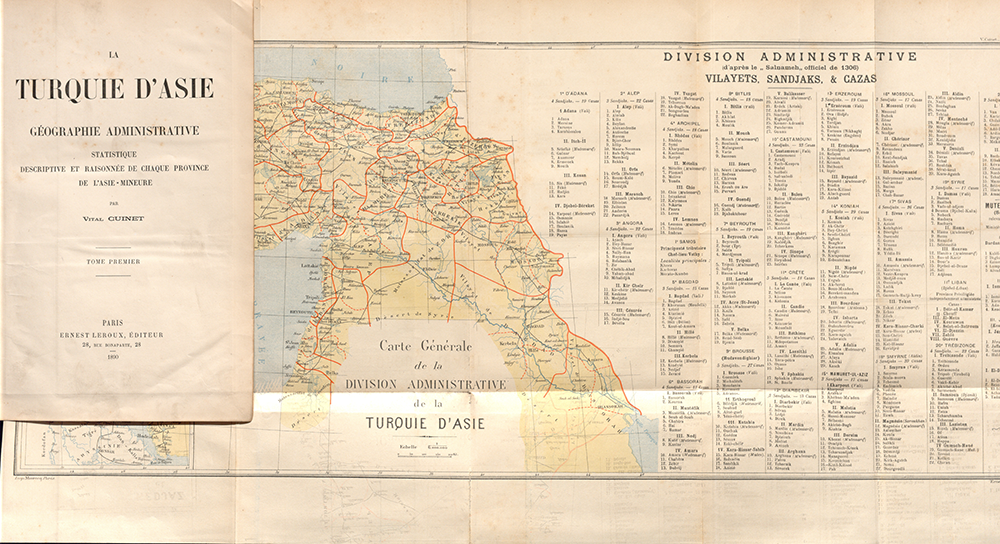
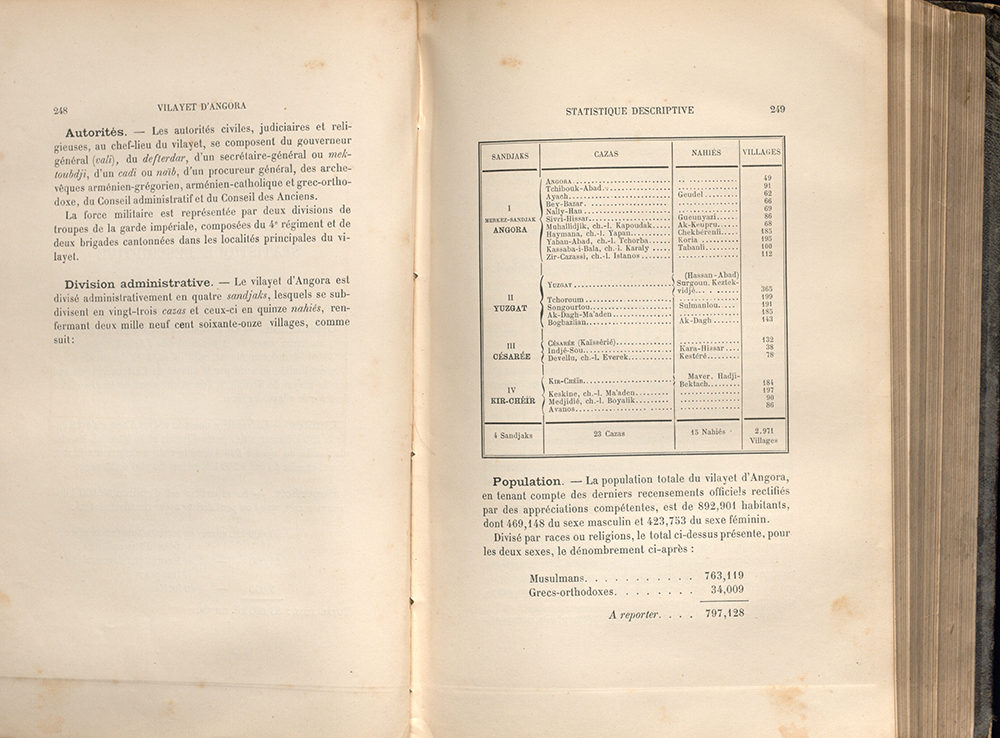
Vital Cuinet was a French geographer and orientalist. As the General Secretary of the General Public Administration between the years 1880-1892, he visited Anatolia and examined the socio-economic, demographic and administrative structure of the Ottoman Empire [4]. Cuinet documented his travelling experiences in his work [5].
*************************************
The Swiss scientist and painter Ernest Mamboury, who worked on Byzantine art and architecture in Istanbul, wrote her first guide about Istanbul in 1925 [6].
*************************************
References:
1) Busbecq Mektupları, https://tr.wikipedia.org/wiki/T%C3%BCrk_Mektuplar%C4%B1
2) Tournefort, https://en.wikipedia.org/wiki/Joseph_Pitton_de_Tournefort
3) Will, S. Monroe, Artam Müzayede, https://artam.com/muzayede/343-nadir-kitap-muzayedesi/monroe-will-seymour-turkey-and-the-turks-an-account-of-the-lands-the-peoples-and-the-institutions-of-the-ottoman-empire
4) Atam, Ş. (2020). Vital Cuinet’e Göre XIX. Yüzyıl Sonlarında Balıkesir’in İdari, Demografik ve Sosyo-Ekonomik Yapısı, Manisa Celal Bayar Sosyal Bilimler Dergisi, 18(4), 369-392.
5) Vital Cuinet, https://en.wikipedia.org/wiki/Vital_Cuinet
6) Ernest Mamboury, https://islamansiklopedisi.org.tr/mamboury-ernest




